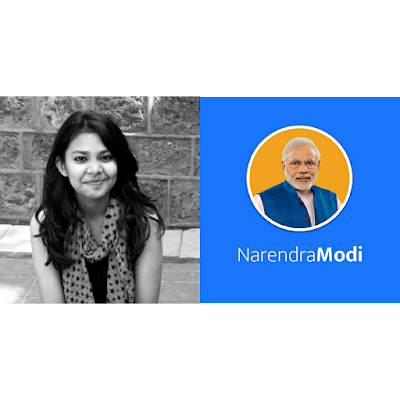Terrorism and Global Economies

Picture from Orobel.com Looking back upon the year 2016, I am filled with a sense of dread. Will I be next? How bad would my city look after an attack? And how will we cope if an international terrorist organization were to strike on our soil? Hopelessness, uncertainty and mainly a sense of fear prevails. Personally, I fear the feeling I had right after 26/11 when my entire city was on lockdown and everyone sat clutching their hearts in their hands. I fear that we will be holding our breaths so long for good news, that it will be eons before we are safe again. I fear, Fear itself. But as I spent my year studying economies and learning market structures in detail, the one question that kept plaguing my mind was this, will our economy fall if we were ever to be attacked? Did USA crash after 9/11? Were Paris and Brussels affected in 2016? After immense research and a lot of questions, this is what I gathered. Economies as individuals are affected after a terrorist...










